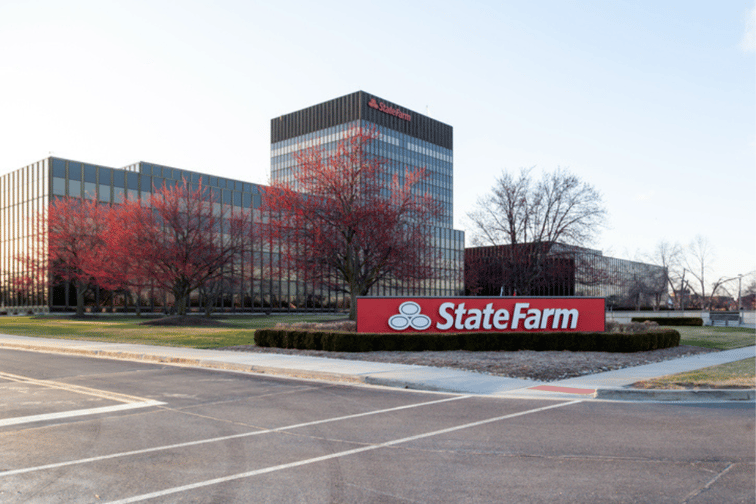

State Farm is poised to see its highest homeowners direct incurred loss ratio in over 20 years, according to new analysis by S&P Global.
For the first nine months of 2023, the insurance giant’s homeowners loss ratio stood at 84%. This is a significant increase from the 60.2% ratio reported in 2022. Should the trend persist for the rest of the year, it will be the fourth time since 1996 that State Farm’s direct incurred loss ratio for homeowners insurance has exceeded 80%.
Previous peaks occurred in 2001, 2008, and 2017, with these years seeing ratios of 87.5%, 81.2%, and 80.9%, respectively.
According to S&P Global, the main driver of this surge in State Farm’s homeowners loss ratio is the impact of severe storms. The US was hit by a multitude of weather events this year, including hail storms in the South, severe wind events in the Midwest and Southeast, and Hurricane Idalia. The third quarter alone witnessed eight one-billion-dollar weather events across the country, with Hawaii facing almost $6 billion in losses due to a devastating firestorm on the island of Maui.
In response to elevated losses, State Farm has pursued rate increases. These increases contributed to its premium growth, with homeowners premiums increasing by 10.4% to $20.4 billion.
The number of approved homeowners rate hikes with renewal business effective date in 2023 doubled from the previous year to 54, S&P Global noted.
Meanwhile, State Farm received 22 homeowners rate hike approvals set to take effect this year. This is twice as many as the two previous years combined, according to the analysis.
Despite the high loss ratio, Start Farm has managed to maintain its position as the largest market share holder in the US homeowners insurance market.
What are your thoughts on this story? Feel free to share your comments below.
